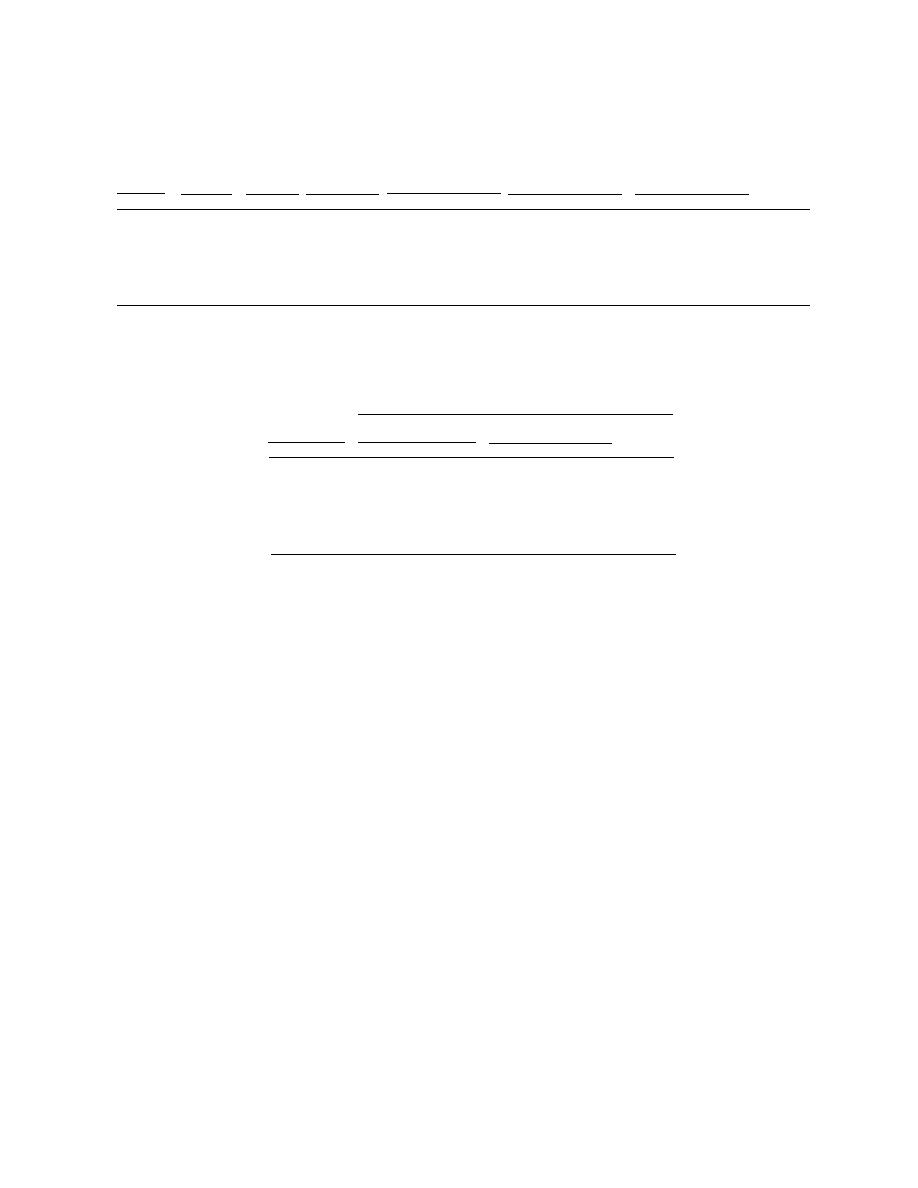
Table 5. Cost savings using GCL barriers.
Frost
Decrease
protection
in frost
Increase
Decrease in
Increase in
Total cost
Total cost
depth required
protection
storage
frost cover
value of waste
savings
savings for
w/o GCL
w/GCL
thickness
space
costs
storage space
using GCLs
20-acre site*
(ft) (m) (acre-ft) (m3) (00/acre) (00/ha) (00/acre) (00/ha) (00/acre) (00/ha) ($M)
(ft) (m)
(ft) (m)
1
0.3
1
0.3
0
0
2
2500
0
0
35
87
35
87
0.7
2
0.6
1
0.3
1
0.3
3
3750
16
40
53
130
69
170
1.37
3
0.9
1
0.3
2
0.6
4
5000
32
80
70
173
102
253
2.04
4
1.2
1
0.3
3
0.9
5
6250
48
120
88
218
136
338
2.71
5
1.5
1
0.3
4
1.2
6
7500
64
160
105
260
169
420
3.38
6
1.8
1
0.3
5
1.5
7
8750
80
200
123
304
203
504
4.05
* 8 ha.
Table 6. Estimated cost savings by eliminating frost protection
and using a GCL.
Thickness of frost
Cost savings using a GCL
protection layer
Total
Cost
Cost
eliminated
costs*
savings
savings
(ft) (m)
(00/acre) (00/ha) (00/acre) (00/ha)
(%)
0
0
1282
3169
35
87
2.7
1
0.3
1282
3169
69
170
5.3
2
0.6
1282
3169
102
253
8.0
3
0.9
1282
3169
136
338
10.6
4
1.2
1282
3169
169
420
13.2
5
1.5
1282
3169
203
504
15.8
* Average for five studies.
ity of compacted clay soils, both in the laboratory
for a waste disposal site give a better perspective
and in the field. Hydraulic conductivity increased
of the potential impact of substituting a GCL sys-
by three to four orders of magnitude for both of the
tem for a compacted clay layer. The average of all
natural clay soils used in this study. These increases
costs to build a landfill for the five studies ana-
are attributed to shrinkage cracks caused by freez-
lyzed from the Repa (1990) report is
||content||
,282,000/
ing and to the formation of ice lenses. Such cracks
acre (,169,000/ha) (Table 4). Table 6 shows that
were observed in the specimens frozen and
value added to a landfill by the increased storage
thawed in the laboratory and the specimens
space can be about 8 to 10% in the populated
removed from the test pads.
northern latitudes of the U.S., which have moder-
The damage caused by frost action may be
ate to severe winters (regions normally requiring
repaired. Results from tests on frozen cores of clay
23 ft [0.61 m] of frost protection).
removed from the test pads showed that increases in
confining pressure caused a reduction in hydraulic
TECHNOLOGY TRANSFER
conductivity. In two cases, an increase in confining
pressure equivalent to the addition of 25 ft (7.6 m)
The results of this study have been published
of waste proved adequate to reduce the hydraulic
and presented in a variety of venues (Appendix
A). A standard method for conducting freeze
common regulatory target value. This stress level
thaw hydraulic conductivity tests has been devel-
is readily achievable in a landfill liner, but not in a
oped with input from the participants of this
cover. In addition, it appears that the cracks
project.
formed by frost action may also be repaired in
place by driving heavy equipment over the clay,
CONCLUSIONS
provided that there is not a thick layer of protec-
tive cover soil on the thawed clay layer. This could
The impact of this study on the design and con-
be done before the clay is covered with waste or
struction of liner and cover systems is consequen-
protective soil, but is not a practical solution once
tial. We have shown that freezing and thawing
construction is completed.
significantly increased the hydraulic conductiv-
19



 Previous Page
Previous Page
